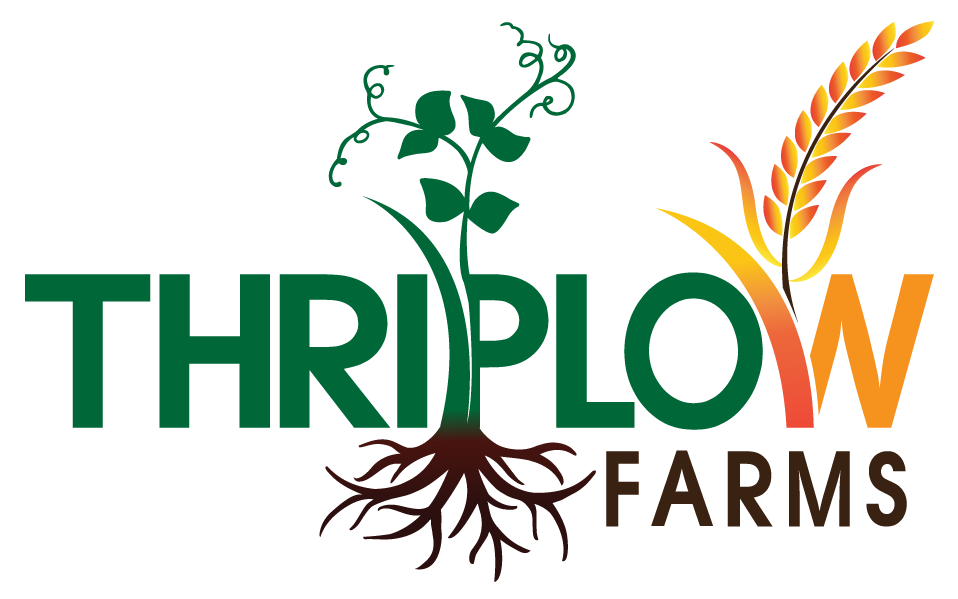WTFIH @ Thriplow Farms, July & August 2019
Finally, some rain. After 3 months of crops suffering through drought, we got the moisture I had been praying for. It really would have been better back in April, but I won’t complain too hard - for most of our fields it’s still wasn’t too late. Unfortunately the wheat at the drier end of the farm, towards the A505, had already been quite severely damaged by the dry conditions, but the other half of the farm still looks quite good. The oilseed rape is still green, and so I hope it can use at least a bit of the water, although some of the fields have taken a turn for the worse over the last month, as damage from Cabbage Stem Flea Beetle larvae infestations has taken its toll. On the brighter side, a couple of the fields are actually a bit better than I had hoped, so maybe it will balance out. One thing is for certain though, I don’t think we will be repeating our great yields from 2018.Where the drought has really caused a problem is with our spring crops, which by their very nature are more vulnerable to dry weather, since they have not had the entire winter to grow a big root system to capture water from deep in the soil profile. By miles the worst crop on the farm are our peas, which are verging towards crop failure in some places. How much of this is due to my decision to plant very early, in February, is unknown, since we do not have any later planted fields to compare with. I suspect it may have least had some negative effect though. Also in a bit of trouble are the spring oats and barley, particularly two fields on Rowley’s Hill, between Newton and Foxton. These are normally two good fields, but for some reason they have struggled this year compared to other fields planted at the same time. I suspect that the high chalk concentration in those soils, which turns them almost pure white at the top of the hill, has kept the soil temperatures low, so the seeds did not grow well to begin with. The oats up there are particularly poor, struggling to reach my knees - which is at least a foot shorter than I would have hoped for.Although the rain has certainly been good, we did not actually get very much, something like 30mm, compared to other places nearby, or particularly Lincolnshire, where rivers have been breaking their banks and flooding entire farms. We do have enough moisture now to get to harvest, but the soil profile as a whole is still very dry, as I have seen this week when we dug a trench to put in some water pipes. Even after all the rain, we still only had wet soil down to about 15cm; below this it is powder dry. Let’s just hope that harvest isn’t the time the weather gods decide to fix that particular problem.
